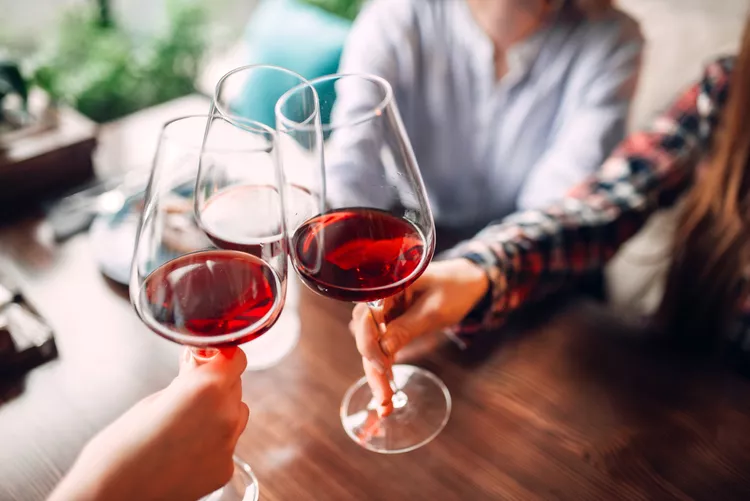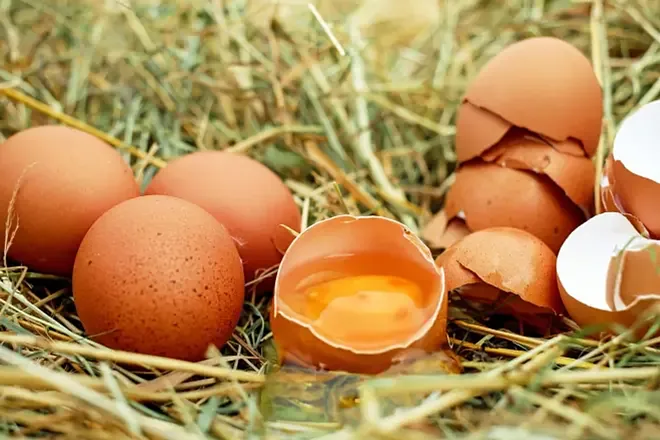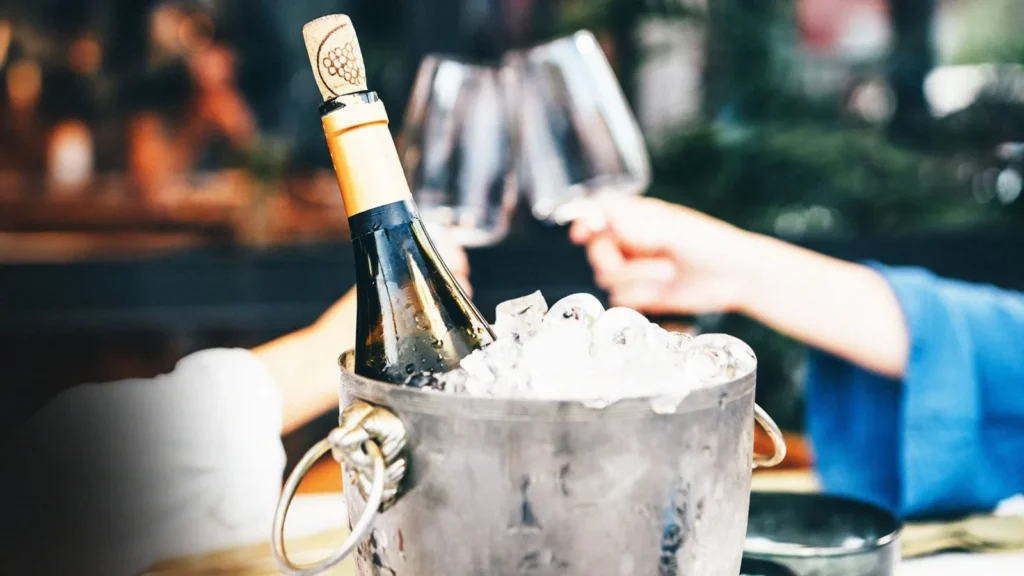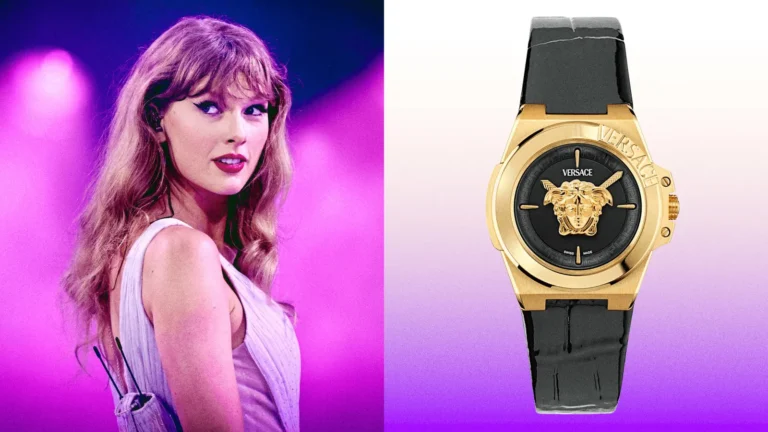The best types of red wine aren’t just about grape variety—they’re about taste, body, and how you serve them. Whether you love the smooth sip of a Pinot Noir or the bold punch of a Cabernet Sauvignon, understanding red wine styles, serving temperature, and pairing rules can make every bottle taste like it came from a sommelier’s cellar.

How Red Wine Is Made
Every bottle of red wine starts with a simple process that transforms grapes into a complex, flavorful drink:
- Harvesting & Crushing – Grapes are picked, then crushed with skins intact. Unlike white wine, red keeps its skins in contact during fermentation, which adds color, tannins, and texture.
- Fermentation – Yeast eats the sugars in grape juice, producing alcohol and deepening the flavor.
- Pressing – Some wines are pressed to separate skins from juice; “free-run” juice (unpressed) is often smoother.
- Aging – Wine matures in oak barrels, steel tanks, or concrete vessels. Oak adds spice and vanilla notes, while steel preserves crisp fruitiness.
- Finishing & Bottling – Many wines go through malolactic fermentation, softening harsh acids before filtering and bottling.
This process sets the foundation for everything that follows: body, flavor, aroma, and aging potential.
Key Characteristics of Red Wine
Though grape varieties differ, most red wines share common traits that influence how we experience them.
- Color: Ranges from pale ruby to deep purple, shifting toward brownish-red with age.
- Tannins: Natural compounds that create a dry, slightly bitter mouthfeel. They give wine structure and help it age gracefully.
- Acidity: Adds freshness and balance. High-acid wines taste crisp and lively, while low-acid wines feel smooth and rounded.
- Flavor Notes: Expect natural hints of fruit (berries, cherries, plums), spice, herbs, or earthy undertones depending on the grape and region.
How to Serve Red Wine the Right Way
Serving wine properly can elevate even a $12 bottle into something memorable.
Best Red Wine Serving Temperature
- Storage: Keep red wine around 55°F in a cool, dark space.
- Serving: Ideal red wine temperature is 60–65°F. Too warm and it tastes sharp and boozy; too cold and tannins feel harsh.
- Quick Fix: If your wine sits at room temp, chill it in the fridge for 30 minutes before pouring.
Choosing the Best Red Wine Glass
Red wine tastes better when served in the right glass:
- Bordeaux Glass – Tall and narrow, perfect for bold, full-bodied wines like Cabernet Sauvignon or Malbec.
- Burgundy Glass – Shorter and wider, designed for lighter wines like Pinot Noir.
Always hold glasses by the stem, not the bowl, to avoid warming the wine.
Decanting Red Wine
Decanting isn’t just for show—it improves the flavor by letting oxygen “open up” the wine. Use a decanter if:
- The wine is bold and tannic (to soften the bite).
- The bottle is old and may contain sediment.
- The wine is budget-friendly and needs aeration to taste smoother.
The Best Types of Red Wine: Light, Medium, and Full-Bodied
Red wines are grouped by body—the weight and texture on your palate. Here’s a breakdown to help you choose the best type for your taste.
Light-Bodied Red Wines
Light reds are fresh, low in tannins, and easy to drink. They’re excellent for beginners or pairing with lighter dishes.
Examples:
- Pinot Noir
- Gamay (Beaujolais)
- Grenache / Garnacha
- Schiava
Best Pairings: Mushrooms, seafood, roasted chicken, cheese boards.
Medium-Bodied Red Wines
These are the “in-between” wines—flavorful but not overwhelming. They balance acidity and tannins, making them versatile for food pairings.
Examples:
- Merlot
- Sangiovese (Chianti)
- Barbera
- Cabernet Franc
- Montepulciano
- Rhône Blends (Grenache-Syrah-Mourvèdre)
Best Pairings: Pasta with tomato sauce, roast pork, pizza, holiday meals.
Full-Bodied Red Wines
Big, bold, and often higher in alcohol, these wines pack tannins and depth. They’re best with hearty dishes that can stand up to their power.
Examples:
- Cabernet Sauvignon
- Syrah / Shiraz
- Malbec
- Zinfandel
- Nebbiolo
- Tempranillo
- Petite Sirah
Best Pairings: Steak, barbecue, lamb, dark chocolate desserts.
Best Types of Red Wine by Body & Pairing
| Body Type | Examples | Food Pairings |
|---|---|---|
| Light-Bodied | Pinot Noir, Gamay, Schiava | Seafood, mushrooms, soft cheeses |
| Medium-Bodied | Merlot, Sangiovese, Barbera | Pasta, pizza, roasts, Mediterranean dishes |
| Full-Bodied | Cabernet Sauvignon, Malbec, Syrah | Steak, BBQ, lamb, rich stews |
The Best Red Wine for Cooking
When cooking with wine, never use “cooking wine” from the grocery store—it’s salty and low quality. Instead, choose an affordable bottle you’d enjoy drinking.
Great options include:
- Cabernet Sauvignon
- Merlot
- Pinot Noir
- Sangiovese
A $10–15 bottle is perfect for sauces, braises, or reductions.
The #1 Secret for Red Wine Food Pairings
The golden rule is simple: what grows together goes together.
- Italian dishes like pasta with marinara? Pair with Sangiovese from Tuscany.
- French beef Bourguignon? Pair with a Syrah or Pinot Noir.
- Spanish tapas or roasted meats? Try Tempranillo.
Also, match the weight of the wine to the weight of the food:
- Light reds with vegetables, poultry, and seafood.
- Medium reds with pasta, pork, or Mediterranean flavors.
- Full-bodied reds with beef, lamb, or smoky barbecue.
That said, the best pairing is the wine you love—rules are guidelines, not limits.
Why Understanding Red Wine Matters
Learning the differences between the best types of red wine doesn’t just help you pick a bottle at the store—it elevates meals, makes entertaining easier, and helps you appreciate the artistry of winemaking. From a light Pinot Noir on a summer night to a bold Cabernet with steak, the right choice turns an ordinary evening into something memorable.
The world of red wine can seem complicated, but it boils down to three things:
- Know the body (light, medium, or full).
- Serve it at the right temperature in the right glass.
- Pair by flavor strength and region—or simply drink what you love.
Master those basics, and you’ll never go wrong when choosing or serving the best types of red wine.






